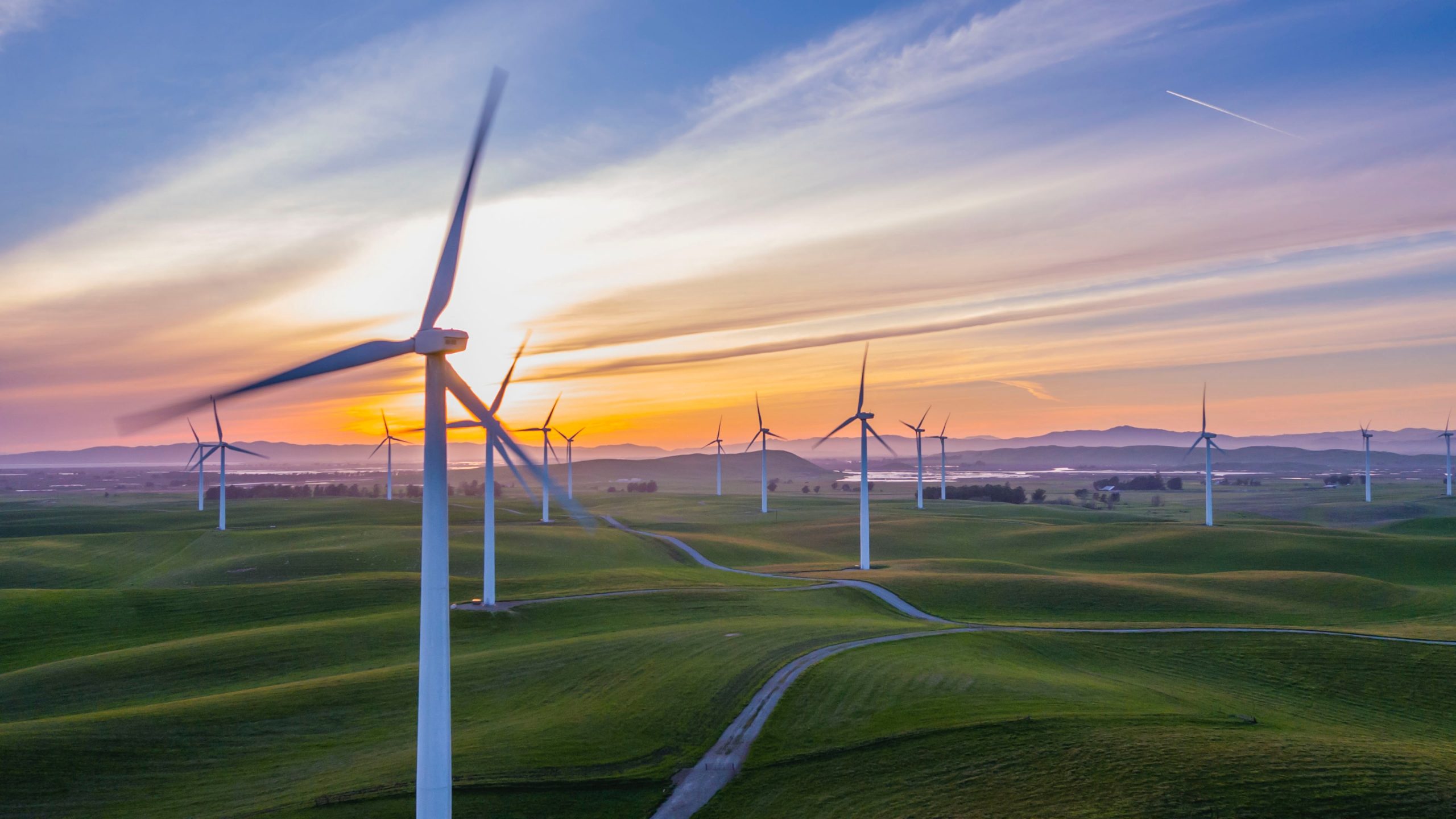Greetings,
A gratuitous essay on this topic.
******
In each of the four distinct “power grids” serving the United States and Canada, most of the electrical power has traditionally come from turbines (steam, gas combustion, or water), driving
synchronous alternators (generators). These all regulate their operation to deliver the appropriate quota of power into the grid while operating at such rotational speeds that the frequency of the grid is precisely as intended (60.0 Hz).
If a major power station on the grid unexpectedly has to suddenly stop operation, its contribution must now be picked up by the other participants. But the nature of turbine-driven alternators is such that they cannot do this “instantaneously”. The result is that, for a short period, the turbines/alternators a slow a bit, and thus the frequency of the grid will “dip”, not an ideal situation.
But mitigating the slow response of the turbine‑driven alternators is the fact that each one stores, in its spinning rotor, a substantial amount of energy in mechanical kinetic (“inertial”) form. This energy is inherently and immediately contributed to the grid (at every such power station) without any action on the part of the control systems. As a result, the “grid frequency dip” that might otherwise occur is greatly reduced.
But today a substantial part of the power generated in each of these grids comes from photovoltaic (solar) systems. These differ in two ways (with respect to the issue here) from traditional turbine-driven alternator systems. Firstly, they can almost instantaneously increase their output power (up to the maximum possible at the moment) when needed in the event of loss of capacity elsewhere. That is an advantage for such systems.
But they do not have an equivalent of the “inertial energy” held by traditional turbine-driven alternator systems. Thus they cannot quickly and briefly “punch above their weight” to cope with the dynamics of loss of another major source. That is a disadvantage for such systems.
Thus the planning of the configuration and management of power grids has be done under a new set of realities.
*****
An excellent paper on this matter is available here:
https://www.nrel.gov/docs/fy20osti/73856.pdf
Best regards,
Doug

